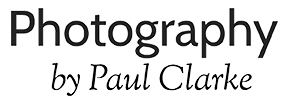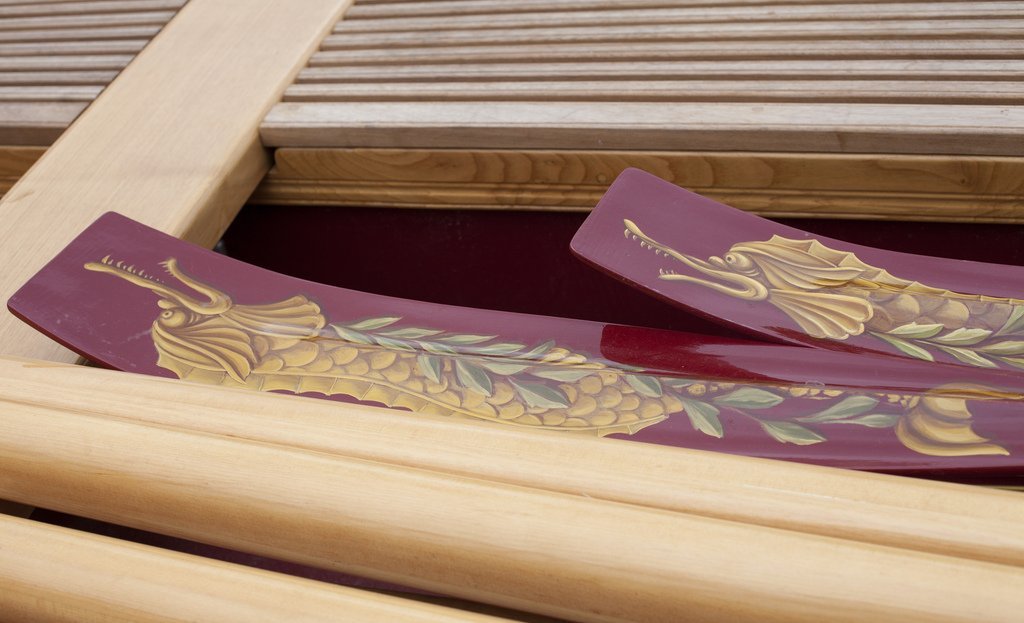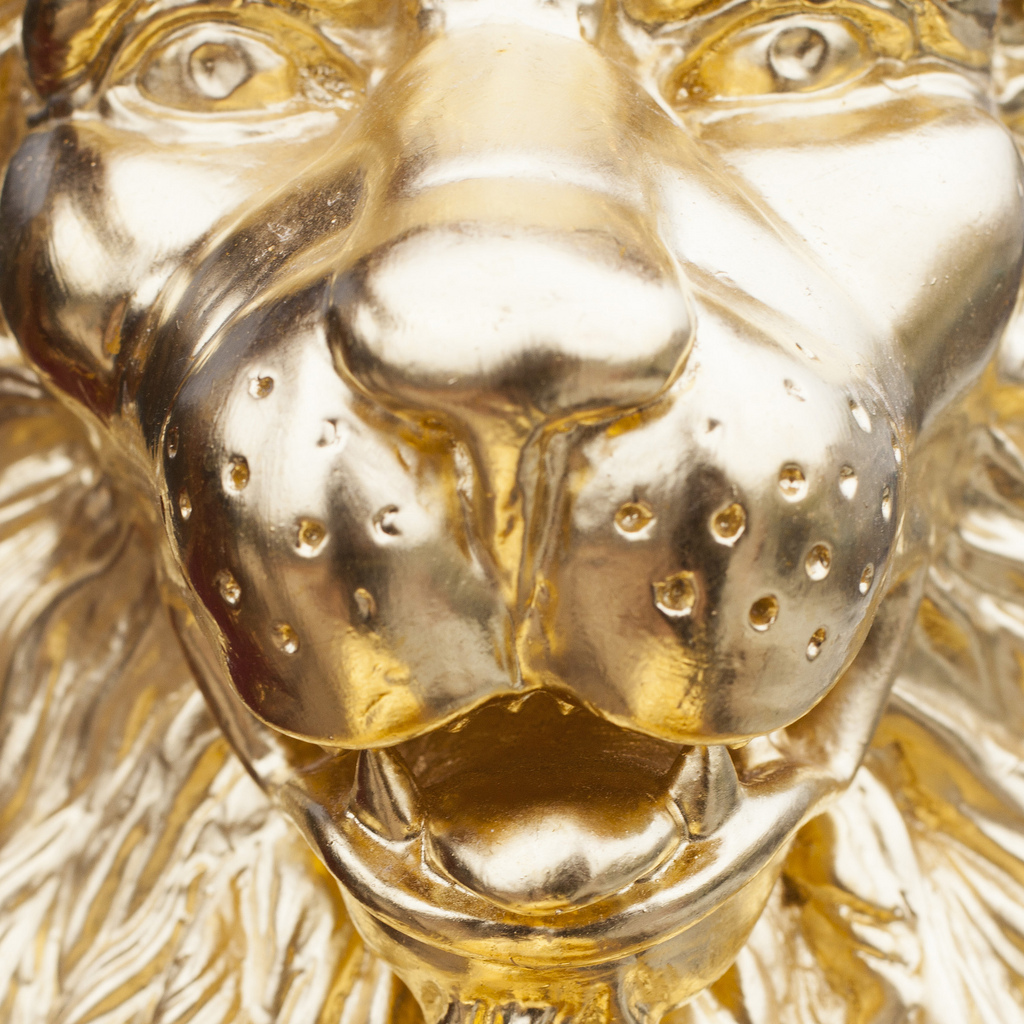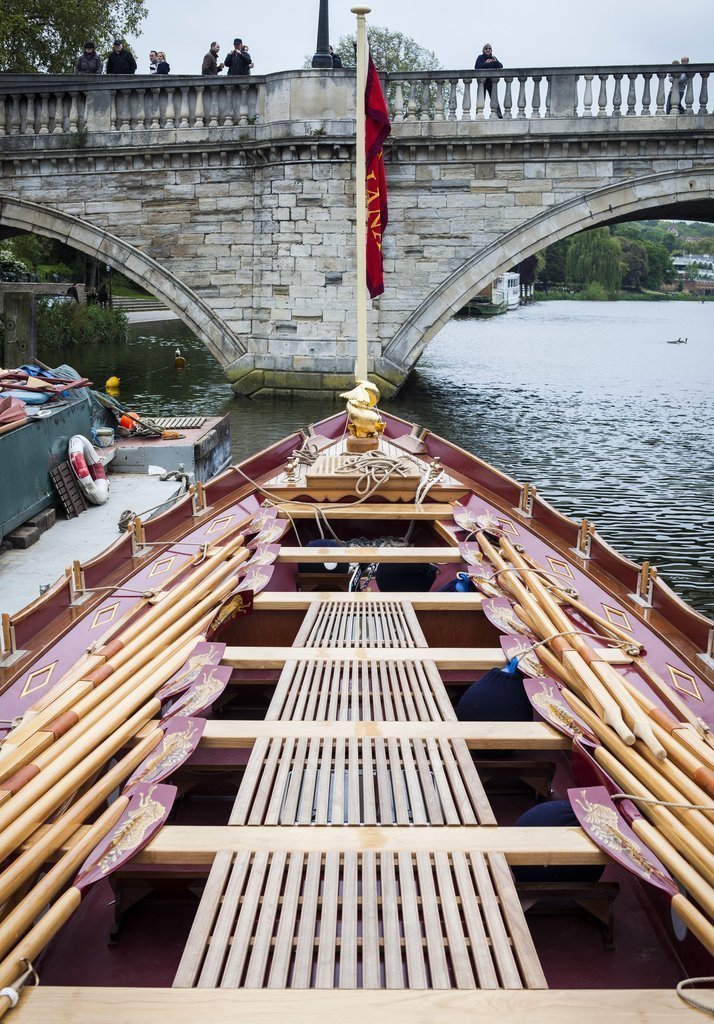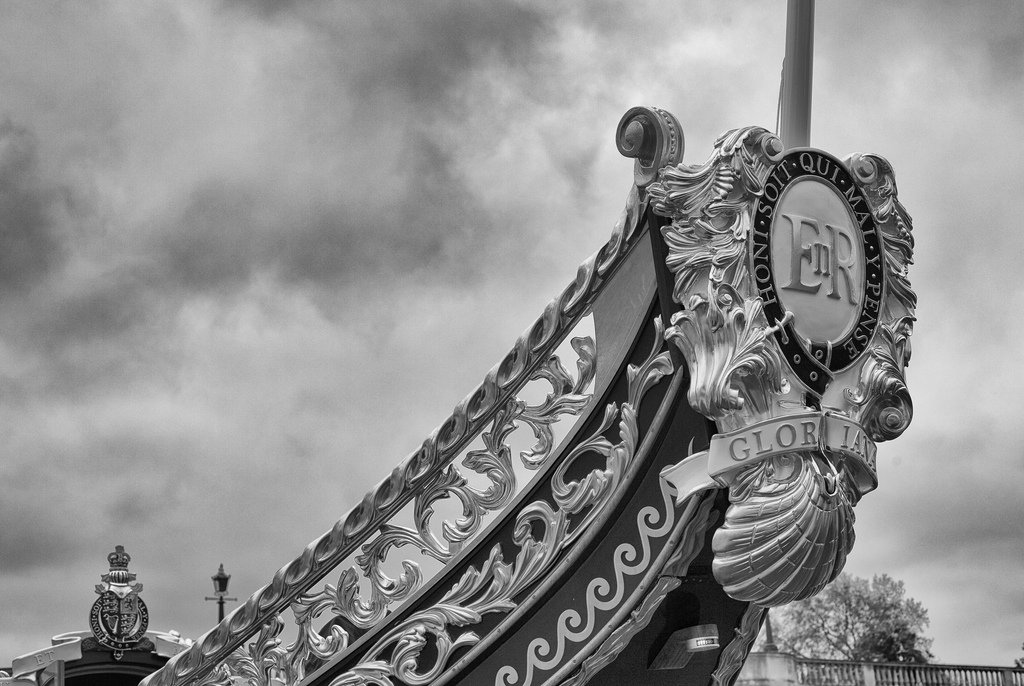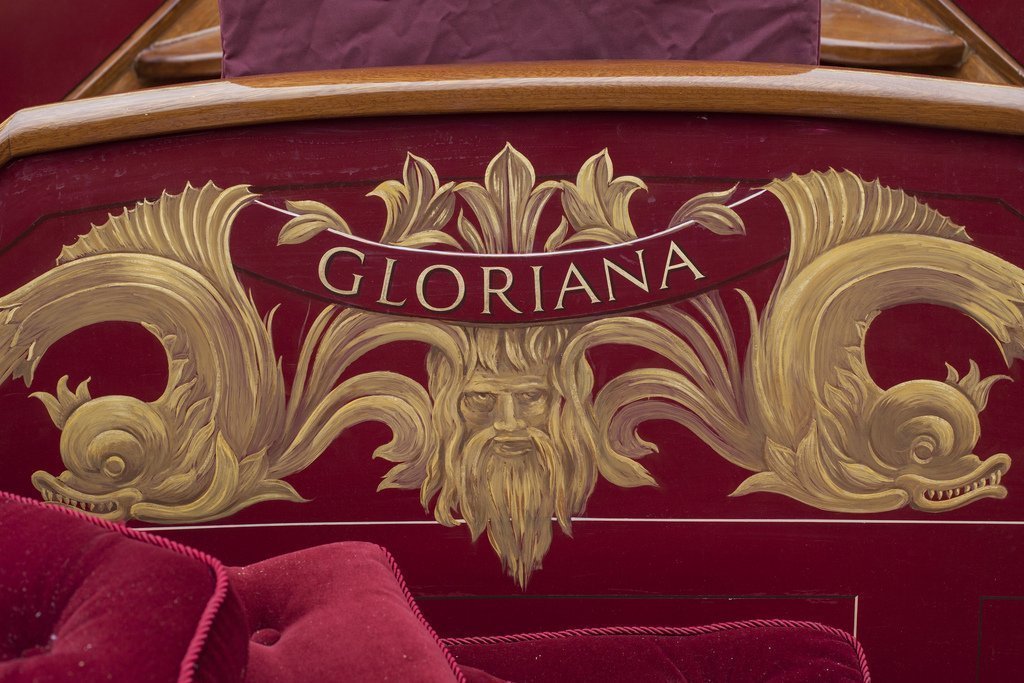A once in a lifetime chance to explore an extraordinary boat.
There I was last weekend, polishing a boat by the river at Richmond, when the Queen’s new Royal Rowbarge, Gloriana, pulled up alongside. Impossibly gleaming and shiny, brand spanking new, undergoing its final preparations for the Diamond Jubilee River Pageant on 3rd June.
The security guard at the top of the gangway meant that I wasn’t going to get too close. That was until I spotted Mark Edwards, the master boatbuilder – not only of Gloriana, but of the Waterman’s Cutter that I was polishing.
Can I come and have a look, Mark? Sure – he said – and with a bit of clipboard bothering, I found myself next to, and then on, Gloriana.
So, a quick post with some thoughts on what I thought was worth photographing, and why.
Oh, and I had completely the wrong equipment with me. I carry the camera everywhere as a matter of course, but only had the 50mm fixed length lens, as it’s light and very portable and handy for you-never-know-what-might-happen opportunities. Like this one.
So, here are seven images from a short set of 25 I made in my fifteen minutes on the shiniest boat I’d ever seen.
Exif*: 50mm; ISO 250; f/7.1; 1/200
Exif: 50mm; ISO 250; f/8.0; 1/320
Exif: 50mm; ISO 250; f/7.1; 1/200
Exif: 50mm; ISO 250; f/7.1; 1/160
Exif: 50mm; ISO 250; f/7.1; 1/640
Exif: 50mm; ISO 250; f/7.1; 1/200
Exif: 50mm; ISO 250; f/7.1; 1/160
All simple stuff, really. Not much variation of settings, just thinking hard – and quickly – about how to find shots that weren’t too obvious, and how to get some variety from one prime lens. You can see the whole set here (including some wider aperture, shallow depth of field stuff).
*What the Exif notes mean: this is detailed data about how the photo was taken–first, the focal length of the lens, then ISO (the sensitivity of the sensor: low number for bright conditions, high for dark or indoors), then f number (the size of the hole that lets the light into the camera: low = big, high = small), finally the exposure time (how long the shutter is open) in seconds.
